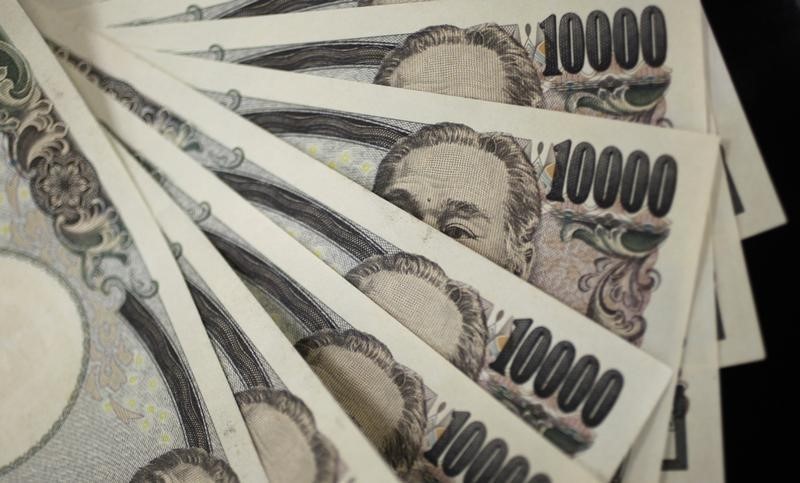Asia FX steady as yen rally cools, dollar at 7-mth low amid rate cut bets
Most Asian currencies steadied on Wednesday with the Japanese yen weakening slightly after a strong rally earlier this week, while persistent bets on U.S. interest rate cuts saw the dollar wallow at seven-month lows.
Strength in the yen pointed to a sustained unwinding in the carry trade- a trend that bodes poorly for risk-driven markets in Asia.
But regional currencies benefited from weakness in the dollar, with traders remaining largely bearish towards the greenback as expectations of a September interest rate cut grew. Japanese yen softens after strong rally, carry trade comes undone
The Japanese yen weakened slightly after a strong rally this week, with the USDJPY pair rising 0.2%.
But the pair fell sharply earlier this week and hovered around the 145 yen level, remaining well below highs of 160 yen hit earlier this year.
USDJPY had fallen as far as 141 earlier in August as the yen carry trade was largely unwound by hawkish signals from the Bank of Japan. Rising Japanese rates are expected to underpin the yen and further undermine the yen carry trade in the coming months.
Analysts at Jefferies said USDJPY was likely to settle around 145 yen, but could fall as low as 120 yen if the carry trade unwound further.
Data earlier on Wednesday showed Japan’s exports grew less than expected in July, while imports picked up sharply. Dollar at 7-mth low with Powell, rate cut cues in focus
The dollar index and dollar index futures moved little in Asian trade, after sinking to their lowest levels since early-January on Tuesday.
The dollar was pressured by growing bets that the Federal Reserve will cut interest rates in September. Markets were split over a 25 basis point or 50 bps cut next month, CME Fedwatch showed.
An address by Fed Chair Jerome Powell, at the Jackson Hole Symposium on Friday, is set to offer more cues on the central bank’s plans to cut rates, although Powell is not expected to provide any explicit cues on a cut.
Broader Asian currencies drifted lower, as markets weighed the prospect of an unwinding carry trade against the outlook for lower U.S. interest rates.
The Chinese yuan’s USDCNY pair steadied around 7.1328 yuan after a slightly stronger midpoint fix by the People’s Bank. The central bank had also kept its benchmark loan prime rate unchanged on Tuesday.
The South Korean won’s USDKRW pair rose 0.5%, while the Singapore dollar’s USDSGD pair was flat.
The Australian dollar’s AUDUSD pair rose 0.1% after the minutes of the Reserve Bank’s August meeting showed the central bank was still considering a rate hike amid sticky inflation.
The Indian rupee’s USDINR pair rose 0.1% and remained in sight of recent record highs.
Source: Investing.com
